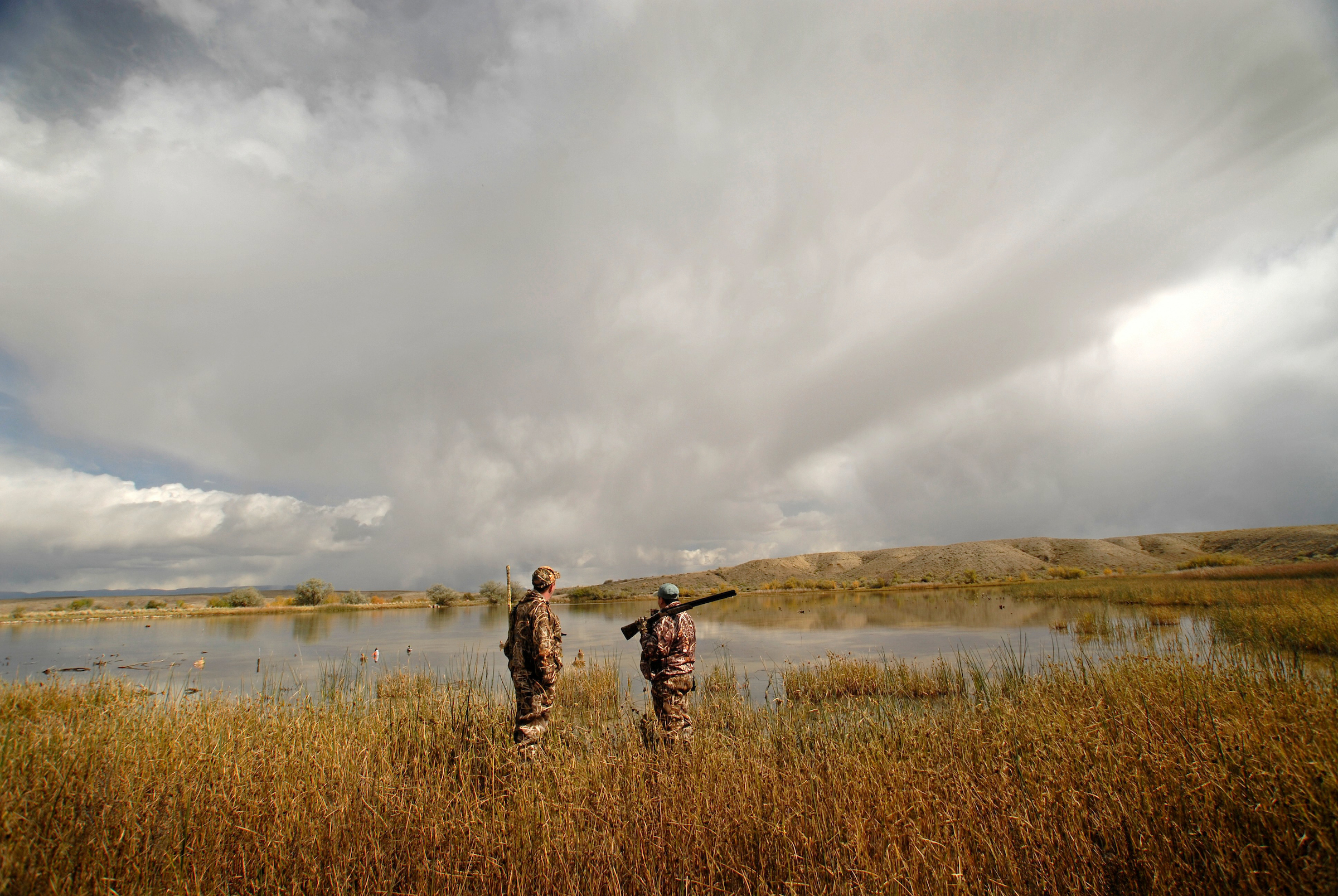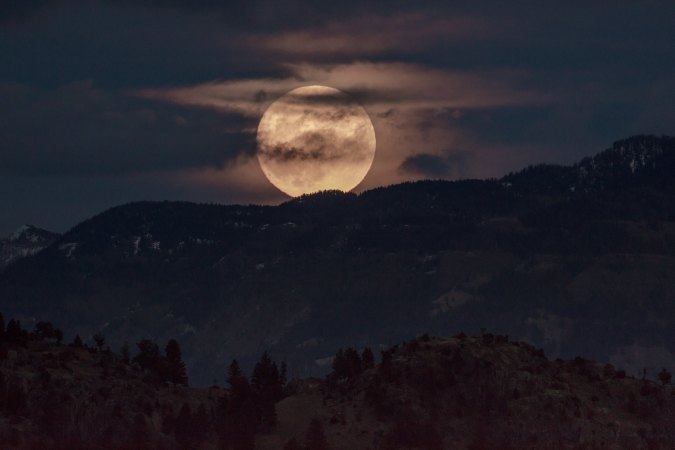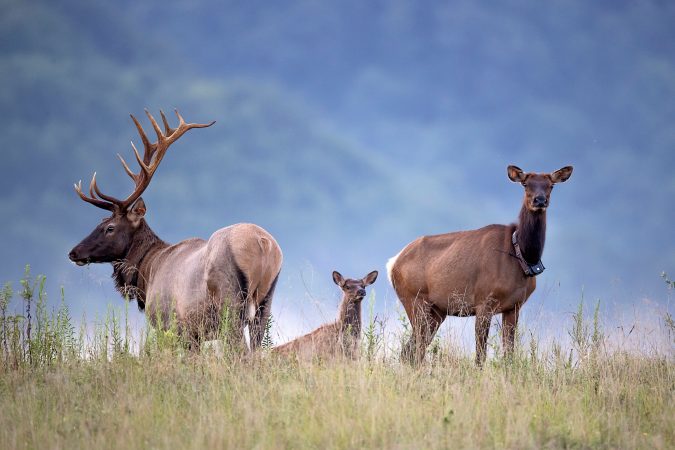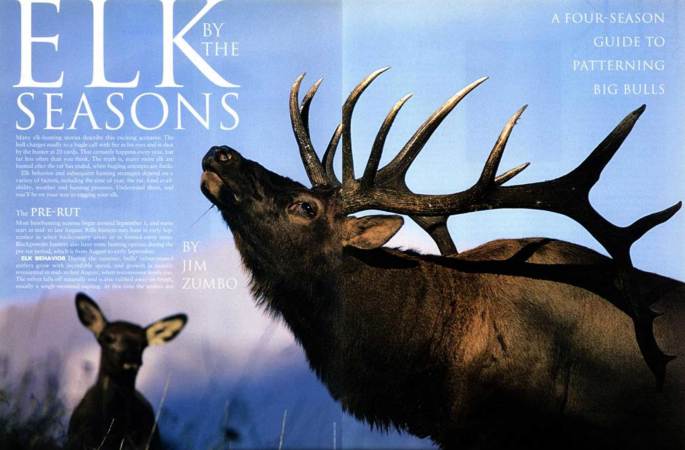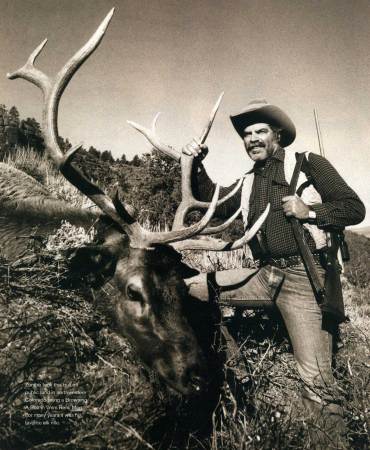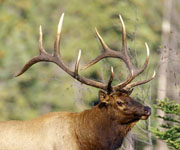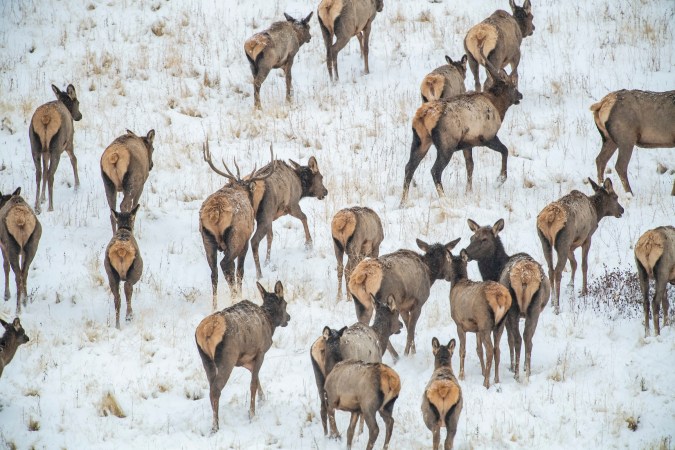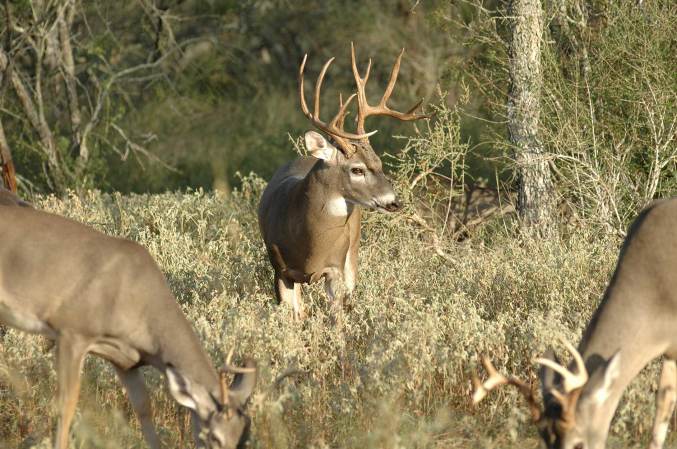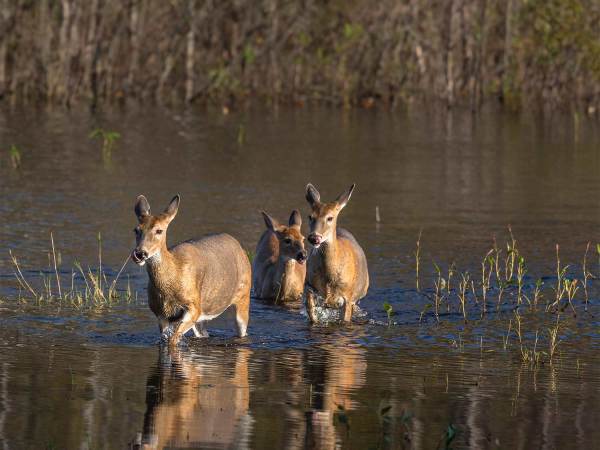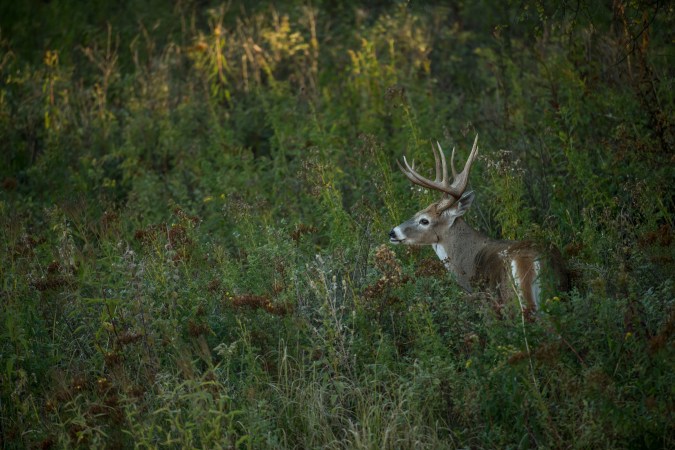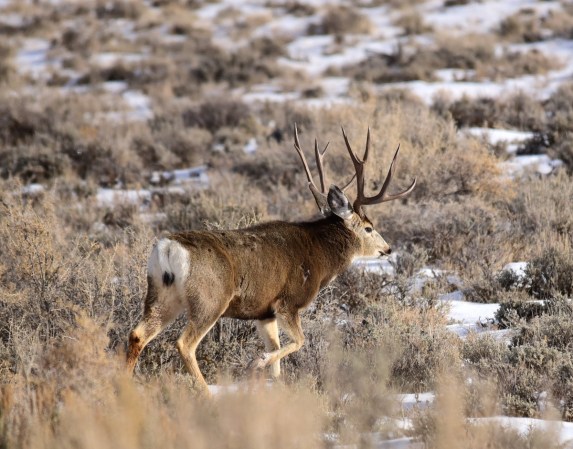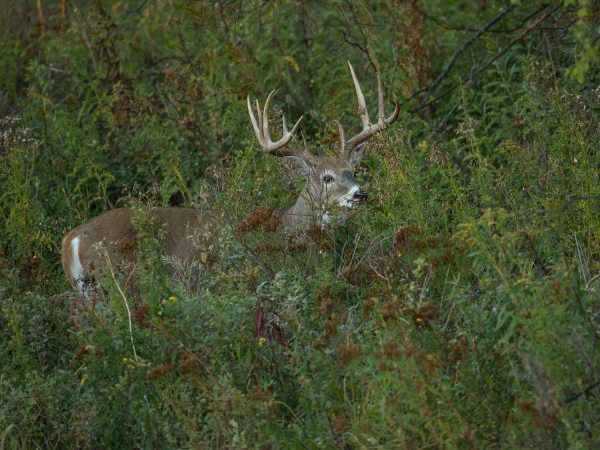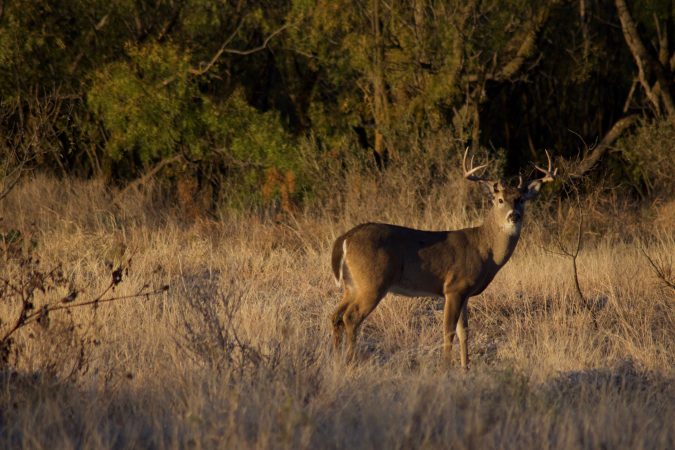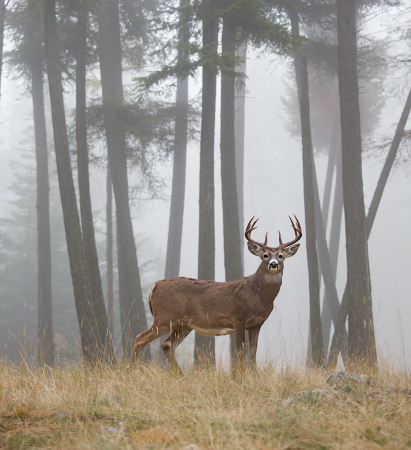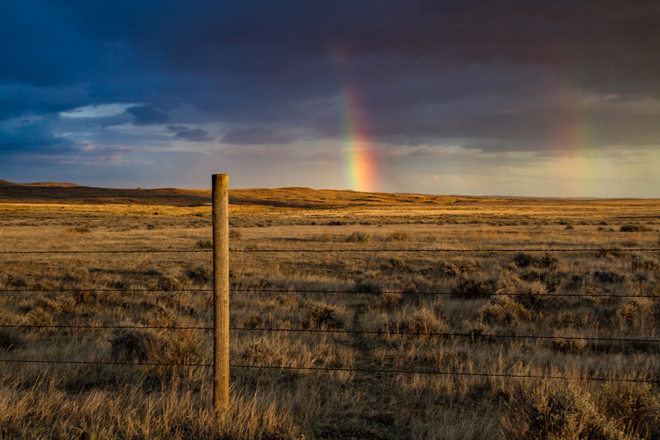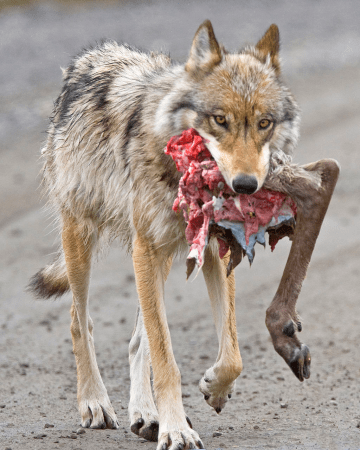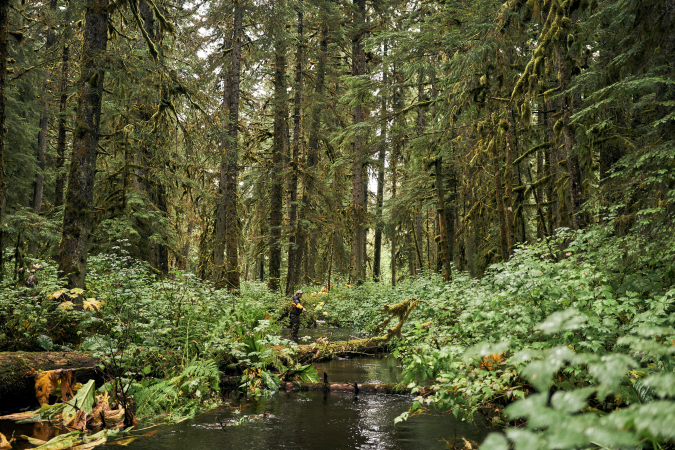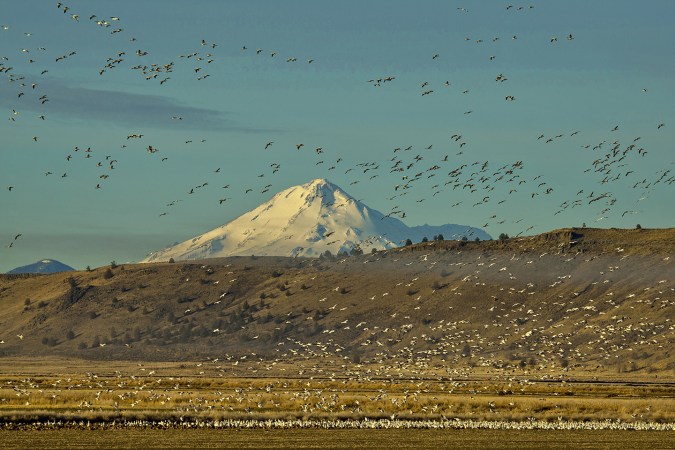Climate change—and what to do about it—remains at the forefront of our national discussion. Just last week the National Oceanic and Atmospheric Administration (NOAA) announced that the contiguous United States had its second warmest year to date and tenth warmest July on record. The records go back 123 years.
As outdoorsmen and women, we’re at the front lines when it comes to alterations in habitat, game population fluctuations, and climate change.
So, we reached out to species-specific conservation organizations to see what their perspectives are on the changing climate. Many of these groups employ biologists and all carefully monitor the species they’re working to conserve. We did not ask about specific causes of climate change—we’ll let the climatologists and talking heads cover that. We asked the following question, and and then ran each organization’s statement, verbatim, below.
OL: Has climate change affected the distribution or management requirements for the species or landscapes under your conservation agenda? If so, what are the impacts?
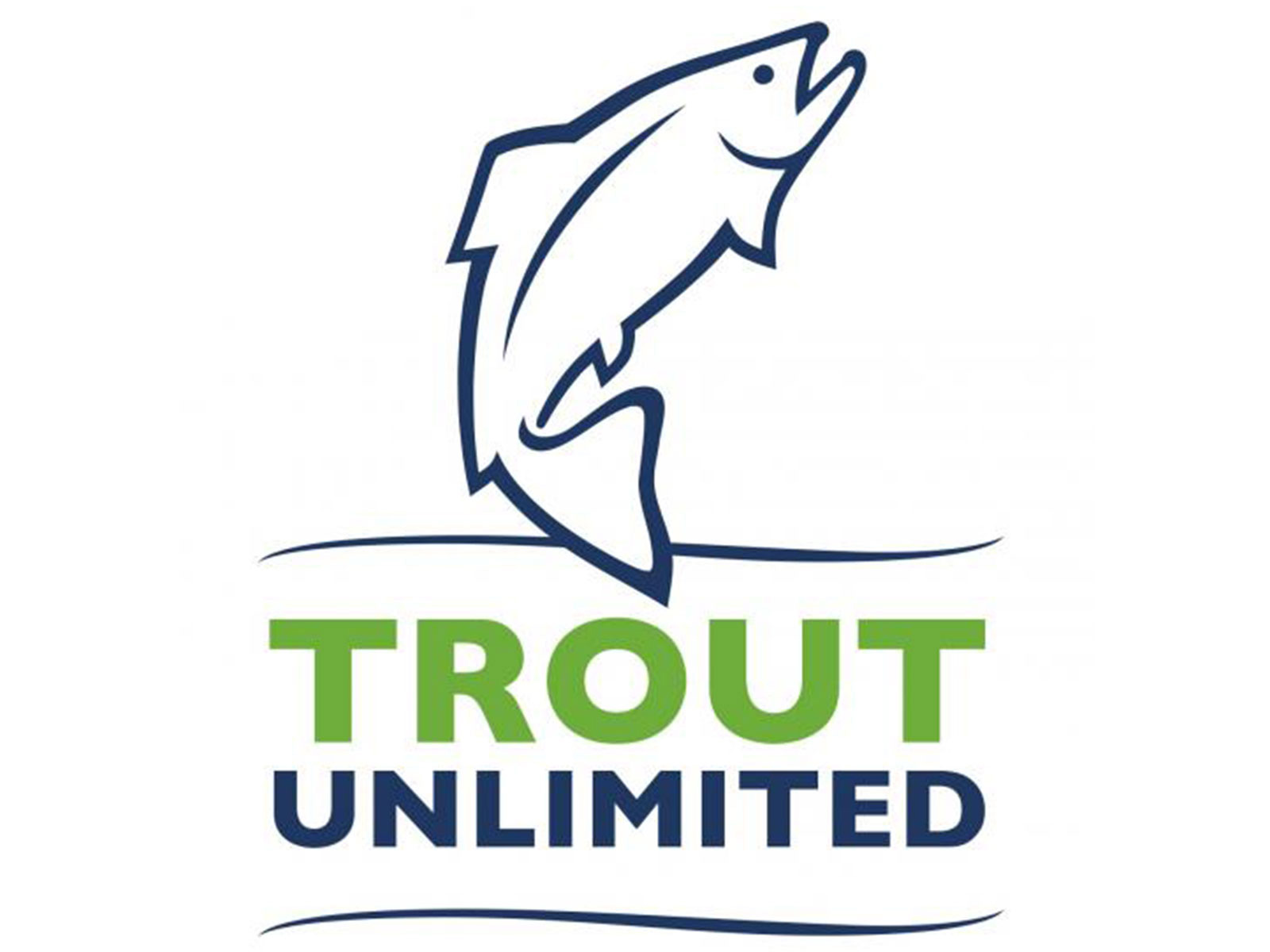
TU: Climate change poses major challenges for coldwater-dependent trout and salmon and their habitats. Already we are witnessing increasing summer temperatures in some iconic waters. For example, according to U.S. Forest Service data, since 1975 temps have increased about 0.7°F per decade in the Madison, 0.8°F/decade in the Upper Missouri, and 1.0°F/decade in the Columbia. That may not seem like much, but when combined with drought (in rivers that are already stressed by other problems) the results can be catastrophic. In 2015 warm water and low flows killed off most of the sockeye salmon run in the Columbia River, with more than 90 percent of Snake River runs lost before they reached Ice Harbor Dam.
Of course climate change involves more than increasing temperatures. It means more severe storms, especially in the Midwest and Northeast. It means less snowpack, earlier runoff, lower summer flows, more metabolic stress and higher loads of parasites and diseases in fish populations. It means unprecedented fires, with earlier drying combined with high fuel loads and insect-killed trees. For instance, the 2011 Whitewater Baldy Wildfire was the largest wildfire in New Mexico history and burned through much of the remaining habitat for threatened Gila trout.
Threats from climate change are real and anglers witness them first hand. Warm-water fishes invade trout waters, the timing of fish migrations change, and high temperatures result in new angling restrictions, such as the “hoot-owl regulations” that close fishing on hot afternoons.
Our 300,000 supporters at Trout Unlimited, bolstered by science and conservation staff, are doing something about it. Since 2008, we have implemented a vision of healthy streams and their watersheds focused on protecting high quality headwater habitats, reconnecting streams by restoring flows and removing fish passage barriers, and restoring degraded valley bottom and mainstem river habitats.
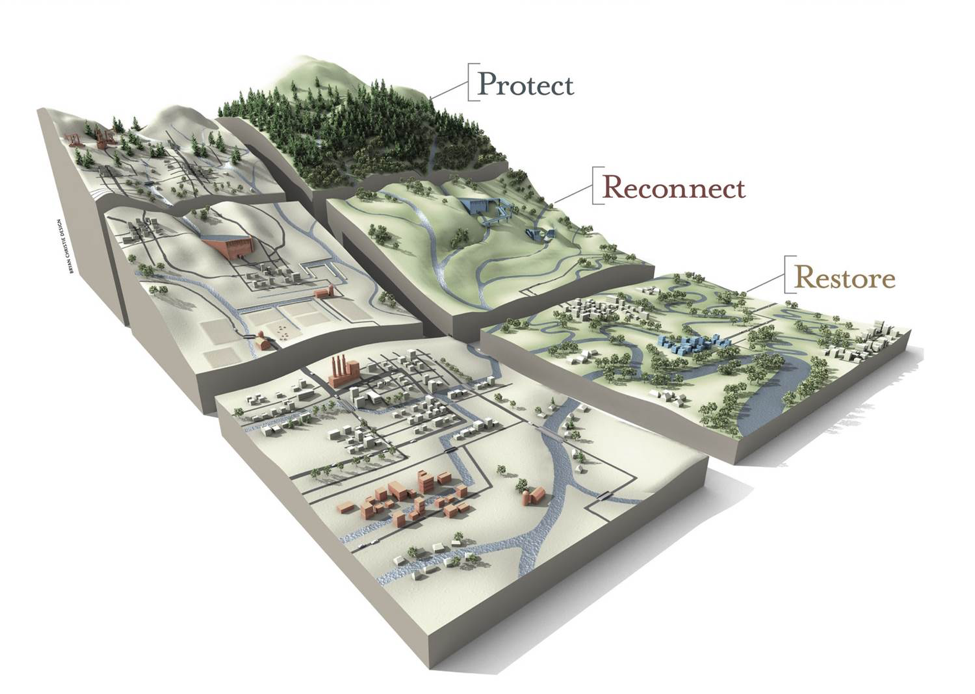
In 2015, we reviewed our stream restoration work relative to climate change. We found that restoring riparian vegetation reduces stream temperatures, especially in smaller headwater streams. Restoring instream structure by introducing large wood and boulders creates pool habitats and increases cool-water refuges. But our study also revealed the importance of working at larger watershed scales and across longer timeframes to ensure the lasting effectiveness of projects. We can see the results in places like Maggie Creek in Nevada, where working with the Bureau of Land Management and local ranchers and miners has resulted in restoration of Lahontan cutthroat trout habitat and the reestablishment of larger, migratory trout. In the Northeast, many important brook trout streams now have bridges or archway culverts that allow fish passage and replace under-sized culverts that were unable to handle higher stream flows and flooding events associated with larger storm systems. The keys to addressing climate change impacts on trout and salmon are to expand traditional stream restoration efforts, implement angler-based citizen science monitoring programs to track project effectiveness, and to engage youth and local communities to make sure projects are sustained over time; all while we seek larger policy solutions.
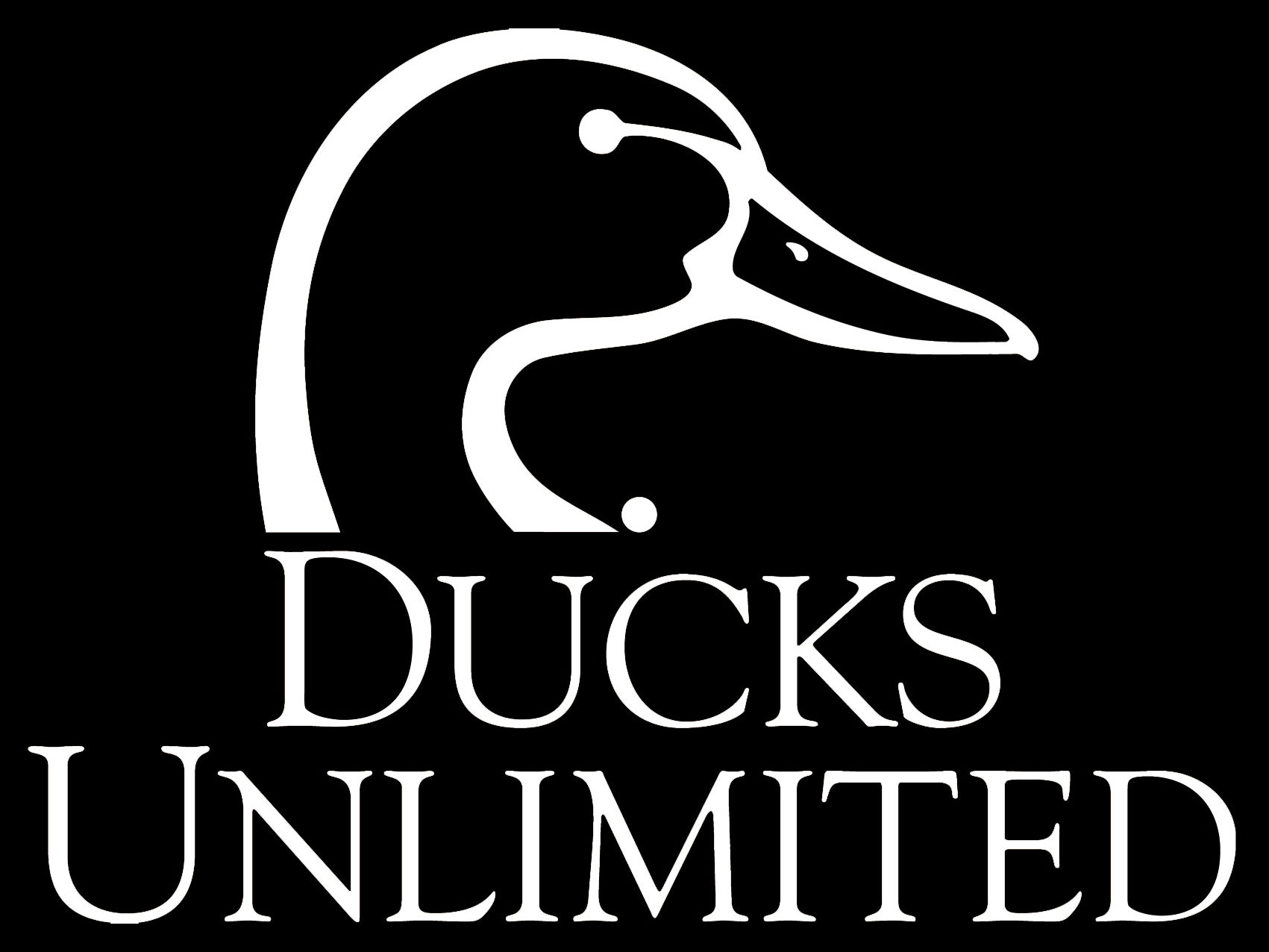
DU: Most species of North American waterfowl are highly mobile and well adapted to variable wetland conditions. Consider the Prairie Pothole Region (PPR), where more than 60 percent of waterfowl harvested by hunters are produced. This globally unique landscape has millions of small seasonal and temporary wetlands critical to waterfowl populations. Waterfowlers have enjoyed an unprecedented 20 consecutive years of high precipitation, resulting in the highest breeding waterfowl populations recorded in about 60 years of surveys. Waterfowl hunters who are middle aged and older will recall the mid to late 1980s, when the PPR experienced an extended drought. Seasons were very short, and in much of the United States the daily bag limit was three ducks. So, what impact might a changing climate have on the most important waterfowl habitats in North America?
Climate scientists use general circulation models (GCM) to study and predict future climate. These complex models rely on increasingly rich and detailed data and are the best science-based tool to explore potential effects of a changing climate on waterfowl. GCMs predict that by about 2050 the Prairie Pothole Region will on average become warmer, while average precipitation will remain the same or increase slightly. This climatic change would likely result in increased frequency, duration and severity of drought because of warmer temperatures and increased use of water by wetland plants. Longer and more frequent drought periods would substantially reduce breeding populations (perhaps by as much as 50 percent) and productivity of waterfowl in the PPR. However, GCMs also predict increased variability and extremes. This means there would still be wet periods, and sometimes extremely wet periods, but they may occur less frequently than in past decades. Waterfowl should respond to the wet periods with a strong nesting effort and increased production, but only if there are sufficient wetland basins and nesting cover throughout the PPR.
The GCMs also predict warmer conditions for migration and wintering habitats in North America. Such conditions would affect the timing of migration and the winter distribution of waterfowl, which directly affect hunting success. What many hunters might overlook, however, is the potential for reduced water availability to manage migration and winter habitat, especially in the Pacific and Central flyways. Reduced water supply results from reduced snowpack in the western mountain ranges. Snowpack is an important source of water for wildlife, as well as for rice producers in California, and flooded harvested rice fields are a crucial part of the winter habitat equation in California. Of course, water is also critical to providing places for waterfowl hunters to float decoys. Water scarcity is already a significant waterfowl management concern in many important migration and wintering areas, both for providing habitat that ducks need and places for waterfowlers to hunt.
How should we as hunters and conservationists respond to a changing climate? First, support the use of the best available science to guide our conservation programs on the ground and to help inform policy decisions at all levels of government. Second, given the potential for increased variability in waterfowl habitat conditions over time, protecting and restoring waterfowl habitat remains critically important. We must continue to secure protection of PPR wetlands and grasslands so that in years when the prairies are wet, there is sufficient habitat to allow waterfowl populations to respond. Likewise, waterfowl will need habitat options across a wide range of latitudes from fall through early spring – places to refuel during migration, and habitat in which to spend the winter. That translates to continued habitat work across the North American continent. Finally, waterfowl managers must be adaptive. Managers will need to monitor waterfowl populations and habitat trends and threats in key landscapes and be prepared to adjust management plans and programs based on the response of waterfowl.
Tom Moorman, Ph.D.
Chief Scientist, Ducks Unlimited Inc.
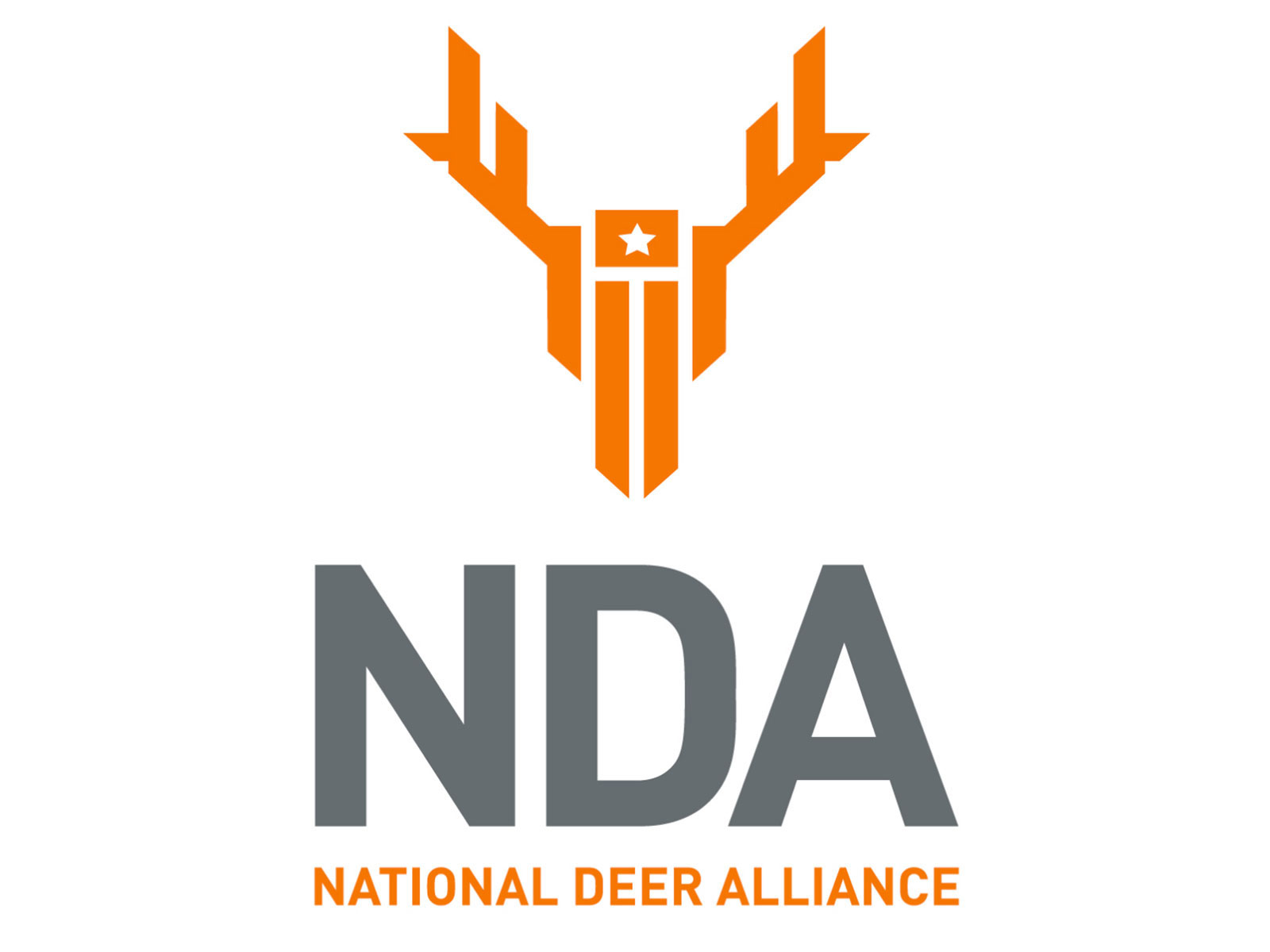
NDA: While climate change was not specifically called out as a top priority in the organization’s first strategic plan, several of the top issues identified could be influenced by changing climate patterns. In particular, diseases, wild deer conservation, and state and federal land management could all be influenced.
Diseases have been a top focus of NDA during the first two years of the organization’s existence with a particular emphasis on chronic wasting disease (CWD), and epizootic hemorrhagic disease (EHD) and bluetongue virus (BTV) to a lesser extent. While science and experience with managing CWD continues to teach us more about the complex, always fatal disease that many tout as the biggest current threat to wild deer, elk, and moose, there is still much we don’t know. USDA’s Animal and Plant Health Inspection Service (APHIS) lists CWD as a disease potentially exacerbated by climate change in a 2014 paper titled Predicted Wildlife Disease-Related Climate Change Impacts of Specific Concern to USDA APHIS Wildlife Services, but no specifics are given.
The impact that climate change may have on EHD and BTV is a bit clearer as these diseases are transmitted by biting midges, and many infected deer congregate around water sources to help alleviate their discomfort. Healthy deer also living and watering in the area can easily become infected resulting in massive, localized die offs. Extreme weather events are symptoms of climate change, and severe drought heading into late summer is the perfect recipe for an outbreak. Unlike CWD though, EHD is not always fatal and deer that don’t die can develop antibodies. Still, EHD outbreaks can ruin at least one deer season in an area and could impact the next several until the herd can recover.
The further spread of Lyme disease is also highlighted in the USDA APHIS paper, and it is suggested that its range and significance can be expected to increase as a consequence of climate change. Deer serve as the primary host for adult lxodes, or blacklegged ticks, which are the vector for Lyme disease, and some studies suggest that slimmed deer populations can lead to a reduction in Lyme disease cases in people. Others argue that ticks that drop from deer pose little threat to humans because they are at the end of their life cycle and will not feed again. Regardless, the political and social science can easily overpower biological science these days, and it won’t take local governments long to make deer public enemy number one if angry citizens demand they be killed in high numbers to suppress the perceived threat.
As the NDA grows, hunters and managers can expect to see the organization become more involved with broader issues like climate change. While the world’s knowledge about climate change continues to evolve, we can’t ignore the warning signs and predicted negative impacts on wildlife as described by many top scientists. As an organization focused on policy, we must remain vigilant and advocate for solutions that make sense for people and wildlife.
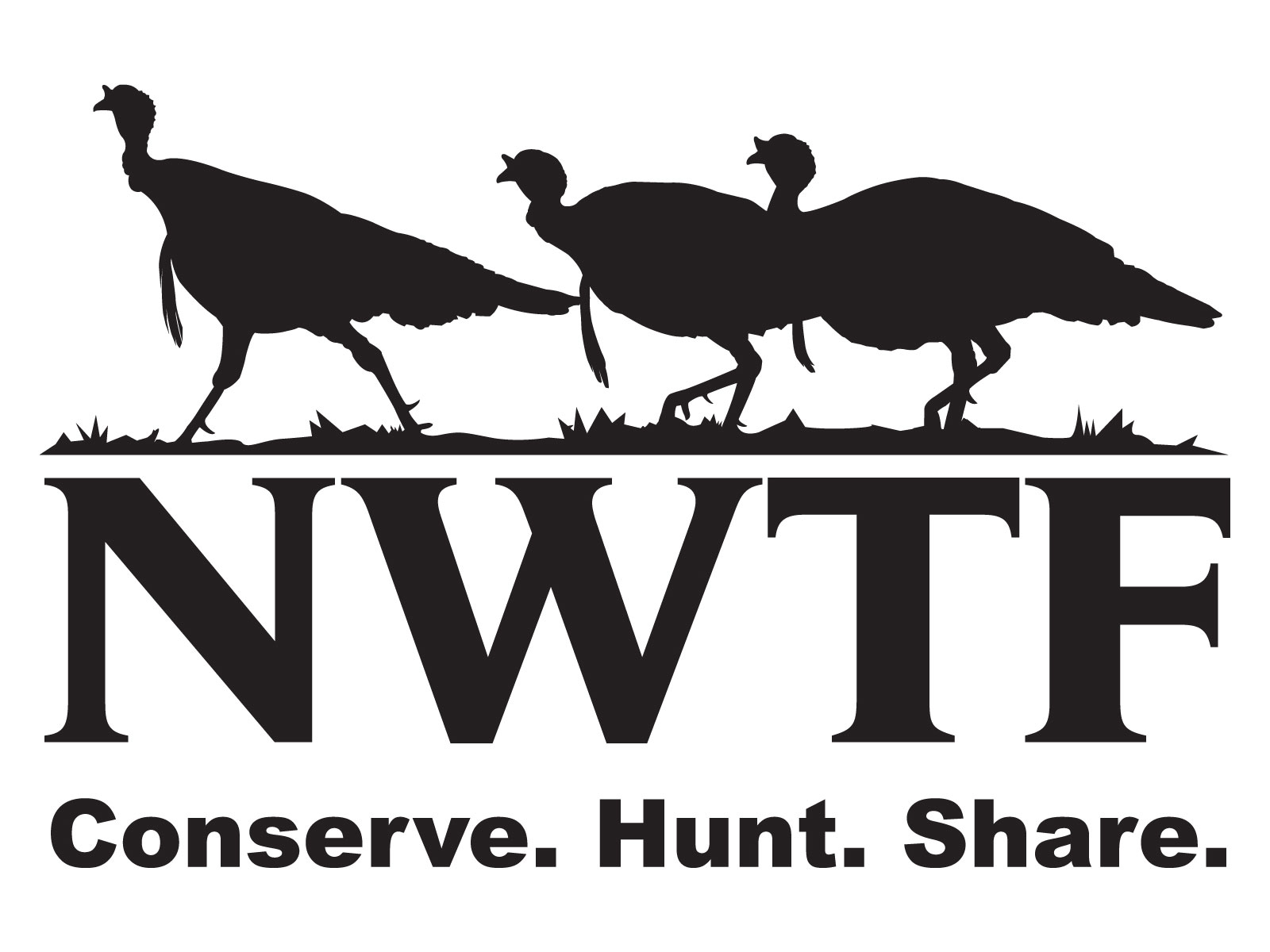
NWTF: At the NWTF, we are working to build resiliency into critical habitats to better address changing climatic conditions. We are actively engaged in riparian, grassland, and forest restoration activities that include innovative management practices to protect wild turkey habitat now and into the future. We also work with resource managers who are addressing climate resiliency in management plans, incorporating management activities to build habitat resistance into their projects.
In recent years, we have seen prolonged periods of drought, depleted water resources, catastrophic wildfires, invasive plants, forest disease, and violent weather patterns all affect the habitats wild turkeys need to survive. In some cases, the resulting landscape lacks the basic habitat requirements wild turkeys need, such as roosting, nesting, brood rearing, and foraging habitat.
Insect and disease outbreaks on our forests have been prolific over the last several decades. The lack of active management on these forests, coupled with milder winters, warmer summers, and reduced precipitation, has led to increased outbreaks. These pest/disease outbreaks leave behind landscapes filled with dead trees and increased fuel loads enhancing the risk for wildfires. This has set the table for more frequent and higher intensity wildfires, particularly in the Western United States, with catastrophic impacts to the landscape. Intense wildfires affect the usability of the area since they scorch and damage the soil to the point that it takes years to recover. Forest regeneration, herbaceous vegetation, and even water quality and quantity is impacted.
Flooding and untimely rains during nesting season can also affect wild turkey populations. Fortunately, the wild turkey is considered a “generalist” and is highly adaptable species. It is important to note that not all recent climate changes we have witnessed are negative for wild turkeys. For instance, due to milder winters, wild turkeys are experiencing higher survival rates and population expansion in higher elevations locations as well as within the northerly extent of their current range.
The NWTF will continue to use the best science to guide our conservation delivery decisions. We also will continue to work with our partners to implement the best habitat management practices to ensure wild turkeys and other wildlife species are around for future generations.
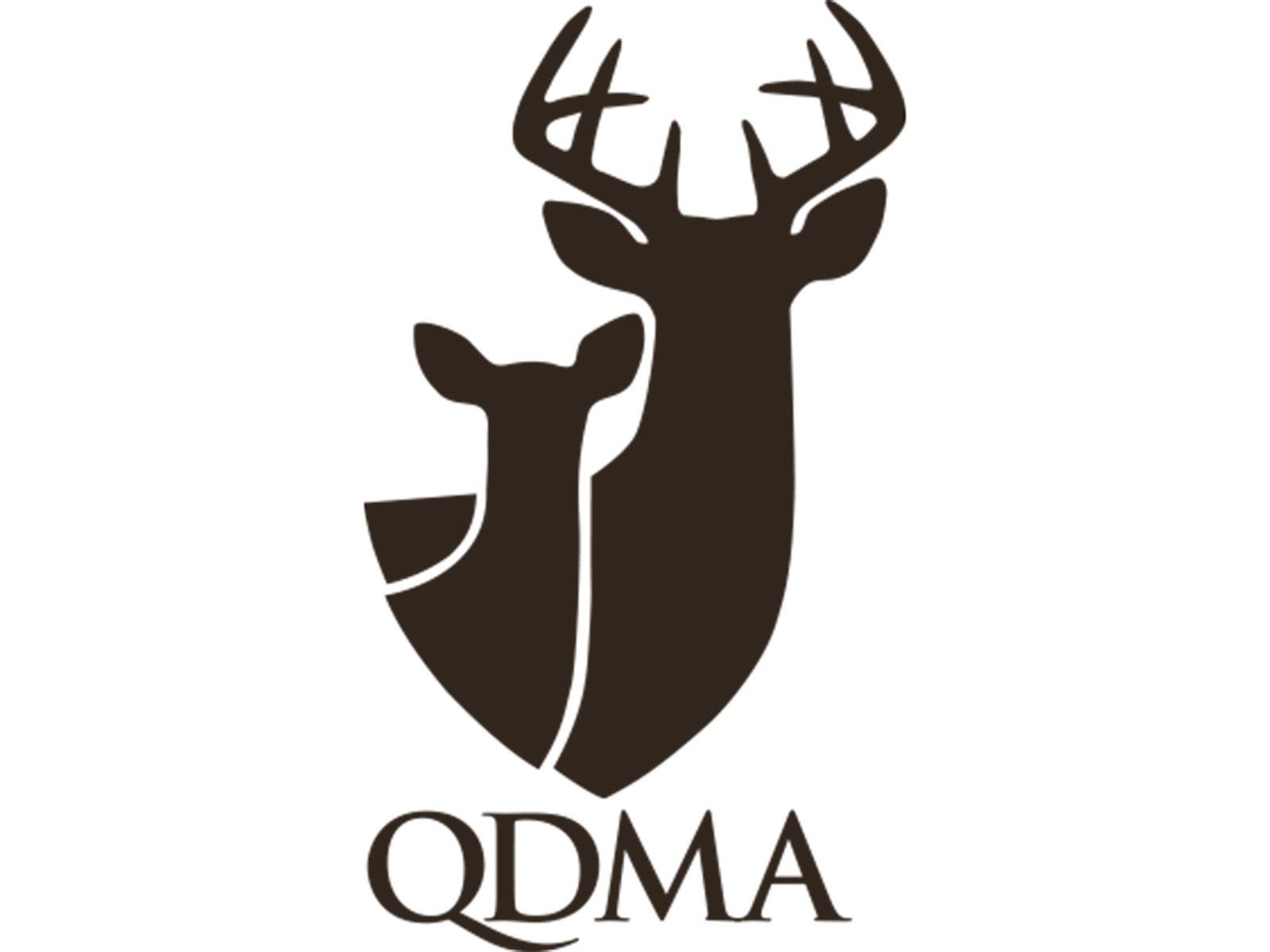
QDMA: The Quality Deer Management Association (QDMA) is carefully watching the scientific evidence on climate change and its potential impacts, short- and long-term, on white-tailed deer and deer hunting.
Deer may already be living with some of the effects. For example, outbreaks of hemorrhagic disease virus (EHD and bluetongue) have moved northward into new areas of the United States in the last 15 years, causing serious losses among herds with no historical exposure or acquired immunity. Disease experts suspect this is due to northward movement of the insects that spread the virus, made possible by milder winters. New strains of the viruses are also moving into the United States from tropical latitudes and Europe.
Other effects could have a mix of both positive and negative influences on deer. On the positive side, milder winters may mean reduced nutritional stress and winter mortality, and more abundant rainfall in some regions could mean greater forage production. The whitetail range, which already extends from northern South America to Canada, could expand into regions that were historically too cold to support deer. On the negative side, the ranges of southwestern whitetails, such as the Coues deer, and deer in other arid regions could contract into river drainages as those regions become hotter and dryer. Earlier spring green-ups could mean that fawns in some areas would be born after the peak of nutrition and production for native forages. Mast crops could be adversely affected by early bloom times followed by killing freezes. Hotter, dryer summers would increase summer stress on deer as forage quality and abundance falls and stays at a low ebb for longer periods of time.
The unpredictable mix of changes in various regions, combined with more extreme weather events, would be good and bad for deer. In some locations, effects would be more severe and more negative, with the most extreme example being the endangered Key deer, which could lose most or all of its habitat to sea-level rise this century. U.S. Army Corps of Engineers projections suggest that by 2050 a majority of Florida’s Big Pine Key, where this deer species primarily lives, could be underwater at high tide.
Fortunately, in the vast majority of the whitetail’s range, the management response to climate change will not be new, because QDMA already teaches hunters to monitor local deer populations and adjust harvest and management choices accordingly. With the potential trends mentioned above, it will be even more important for hunters to monitor fawn recruitment, deer density and habitat quality. Ensuring diverse cover and forage species will help buffer deer against extreme weather events, droughts, heat waves and winter storms. It will also be increasingly important to combat invasive plant species, as climate change will allow many of these invaders to expand their ranges, and few of these non-native plants offer benefits to native wildlife. In summary, the best response to tomorrow’s uncertain impacts of climate change is also the best way to manage and hunt deer today.
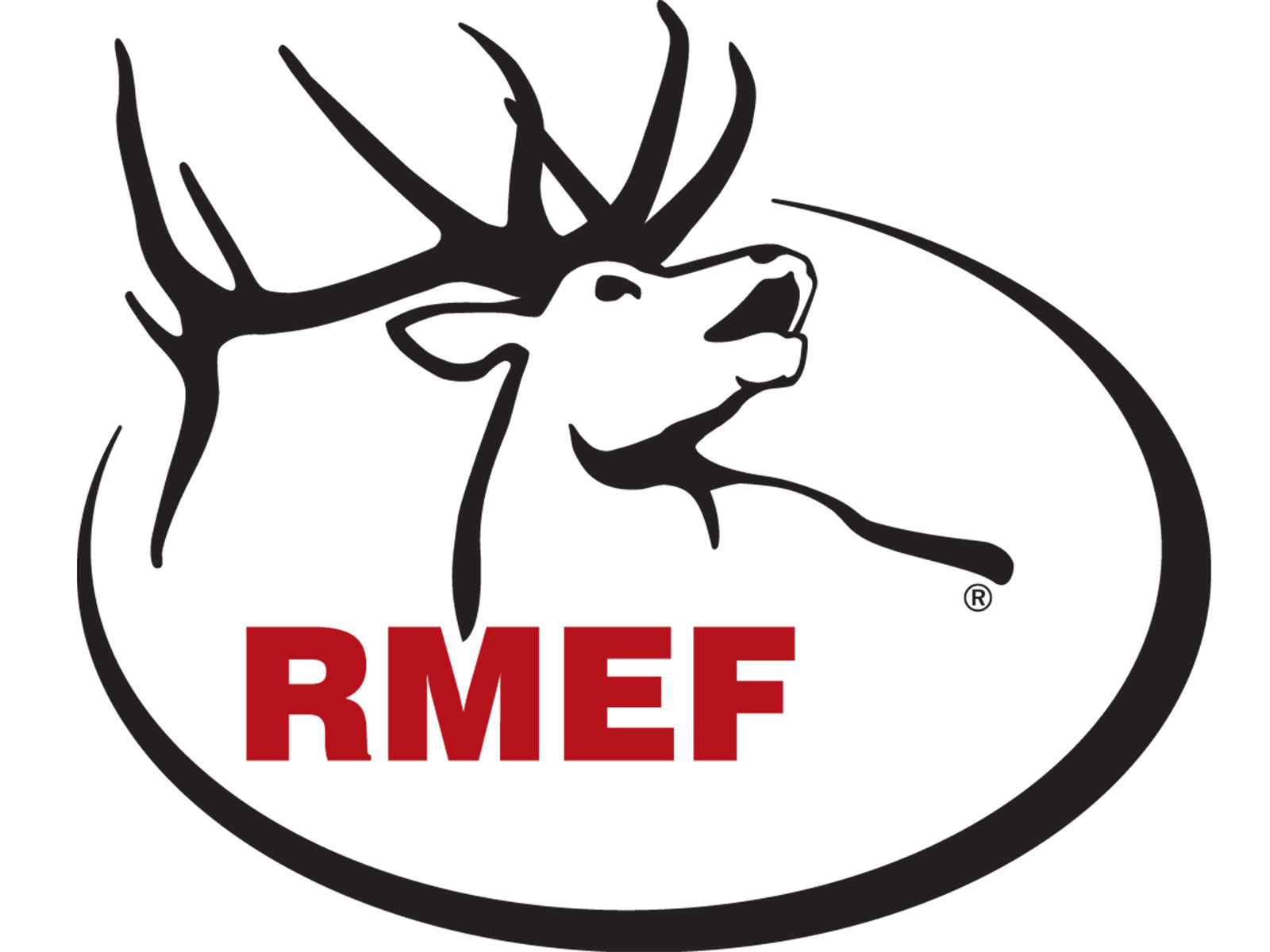
RMEF: RMEF is primarily focused on large landscapes, particularly those in the western U.S., that are home to elk, mule deer, sage grouse, moose and many other species. Elk are generalists, adaptable, can survive in a wide variety of habitats and numbers are healthy in much of their occupied range today. Over the past decade, a vast number of western landscapes have seen extended drought, large and extremely intense wildfires, the rapid spread of noxious weeds, the loss of aspen communities, and earlier spring green up in key elk habitats. Some of these changes, while not always negative, have potentially caused elk to alter migration patterns and/or spend more time on private lands. It is also difficult to sort out the impact of changing climates with other factors such as increasing predator populations, changes in federal land management, and shifts in landowner behavior.
Given these complexities, RMEF’s number one priority is to continue to advocate for and fund active land management to improve habitat for elk and other wildlife. At the federal level, addressing frivolous lawsuits that stop management needs to be addressed through changes to the Equal Access to Justice Act. Fixing the wildfire funding issue and bringing greater emphasis and efficiencies to habitat restoration projects on public lands will help ameliorate changing conditions on public lands. RMEF will also continue to work with public and private partners to implement conservation easements and priority fee title acquisitions to benefit wildlife and hunters.
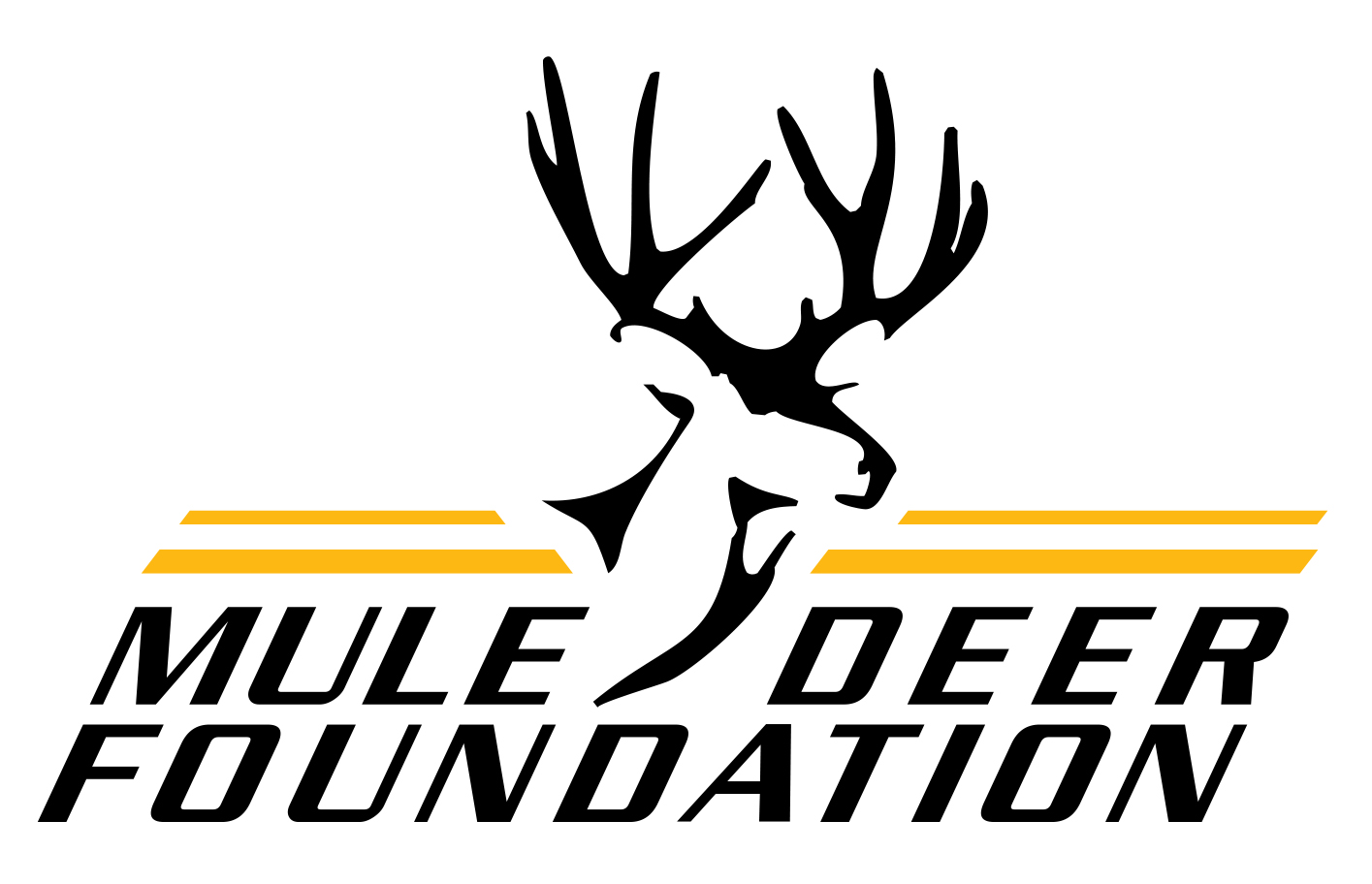
MDF: While we don’t have scientific evidence of climate change impacting mule deer, we have seen changes in habitat and distribution of mule deer across their range. We are seeing more frequent droughts and loss of mule deer habitat in the southern part of their range. This has led to invasive plant species taking over prime mule deer habitat and increased the frequency of wildlife fires, especially on winter ranges.
We have seen mule deer and black-tailed deer migrate north of their traditional range in British Columbia and even into Alaska. Most believe this is the result of warmer winters in those areas that have aided in deer survival. We have also seen some eastward movement in the eastern part of their range. Some of this movement can be attributed to the Conservation Reserve Program (CRP) but may also be attributed to climate change.
Editor’s Note: OL published here every response we received, in its entirety, from the nine species-specific game and fish conservation organizations we contacted. We reached out to Pheasants Forever and Delta Waterfowl for their perspectives, but did not receive a response from either.

